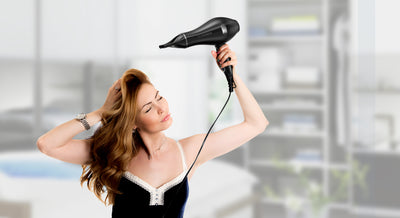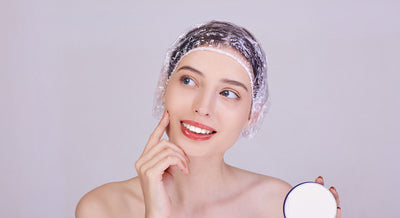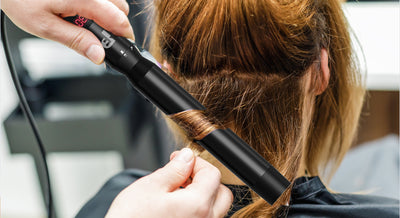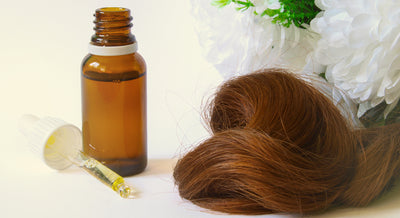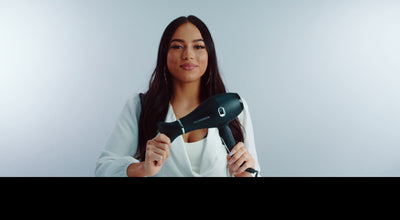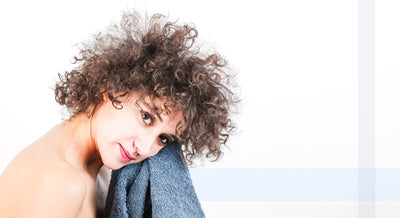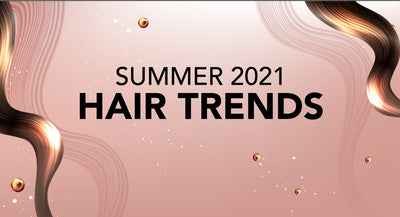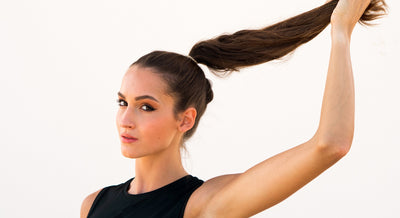When it comes to styling one’s hair, not all hair types are created equal. While straight and normal hair types can achieve practically any style with relative ease, it’s a much different story when it comes to other hair types.
Those with thinning or fine hair are all too familiar with this fact, and the unfortunate reality is that hair with below-average thickness and weight is much more difficult to style with.
But to all our fine-haired readers out there, all is not lost! Thankfully, we have some tips and styling advice on how to infuse some amazing volume and fullness into even the finest of hair types!
Read our guide below and be prepared for a complete hair transformation.
Understanding Fine Hair
To know how to style fine/thinning hair, you first need to know why fine hair is so difficult to style in the first place. As you can guess from the name, thin hair is exactly that: hair that is thinner and narrower in width than the average hair strand. Most of the time, fine hair is simply a result of genetics and hormones, with little cause for alarm. However, there are a variety of other factors that have been linked with hair thinning, such as:
- Diet
- Stress
- Scalp irritation/infection
- Excessive tugging of the hair
If you suspect you suffer from any of the first three factors, immediately seek the advice of a medical professional to help diagnose and treat these issues. When it comes to hair tugging, excessive styling of the hair too close to the root can weaken the hair follicle, which prevents the hair from growing out properly in its thick, healthy state.
Additionally, using buns and hair-ties which pull the hair back too tightly can also lead to a weakened hair follicle, so be sure to go easy on these styles and be gentler while styling!
A Styling Nightmare
Aside from a visible lack of fullness and thickness, one of the most frustrating aspects of having fine hair is how difficult this hair type is to style. Fine hair is inherently lighter in weight than normal hair, and this lack of weight and bulk makes it incredibly difficult for the hair strand to hold structure and maintain shape, leading to frustrating frizz and fly-aways. To combat this, may seek the help of hairsprays or styling products like gels and pomades to hold these loose, wispy hairs in place. Unfortunately, many of these products are simply too heavy for thin hair strands, which in turn weighs them down and causes a flat, limp hairstyle. Talk about a nightmare!
Choose the Right Products
To get started on your thin hair volumizing journey, the first step is reassessing the products that you put into your hair.
Shampoo & Conditioner:
When it comes to shampoos and conditioners, avoid ingredients such as:
- Silicones
- Coconut oil
- Olive oil
- Argan oil
- Shea butter
While these ingredients may be a dream for those with dry or damaged hair, they are simply too heavy and rich for those with fine, lightweight hair. Silicones, especially dimethicone, should be especially avoided, as they can easily buildup in the hair and add excessive bulk. Instead, opt for lighter-weight shampoos and conditioners that can hydrate and moisturize your hair and scalp without adding any extra bulk or weight!
Styling Products
For styling, fixing, and setting your hair, avoid products such as:
- Medium-to-strong hairsprays
- Pomade
- Wax
- Clay
- Hair oils
These products may be great at taming fly-aways and holding a style in place for normal or thick hair types, but they are simply too heavy and powerful for fragile, lightweight hair. Instead, utilize a lightweight or “flexible” hairspray that leaves behind little to no residue, as well as opting for a lightweight cream or paste if styling.
Get the Right Cut
When trying to add volume and lift to fine, thinning hair, few things are more effective than a good haircut. The ideal haircut for someone with fine hair is one that adds texture and layers, which can help create the appearance of fullness and volume. Some of these cuts include:
- Pixie cut
- Short bob
- Bob with side-swept bangs
- Slick-back
- Shag
- Top knot
- High ponytail
- Side ponytail
Play with a couple of these and find one that fits your look! The best hairstyles for fine hair are usually shorter or medium length, as lightweight hair tends to be more difficult to style the longer it grows. However, if you’re in love with your long mane, then a slick-back or ponytail look is the perfect compromise between length and control!
Proper Styling
Last, but not least, is the actual styling of the hair. This step can make or break the enhancement of fine hair, so it is important to observe the proper technique when completing your style!
Styling Tip #1: Use a pre-styler
A great pre-styler is an effective tool for any hair type but is especially key for fine hair. Certain pre-stylers contain polymers and natural ingredients than create the illusion of thickness by either swelling the hair strand or bunching the strands together. Play around and find one that works for you to add some full-headed volume!
Styling Tip #2: Lift at the roots
As mentioned earlier, excessive pulling and tugging, particularly at the roots, can cause a damaged hair follicle, only exacerbating the issue. The key is to use gentle, light pressure with a round brush about an inch above the root, using low-to-medium temperature heat to help boost the hair off the scalp.
Styling Tip #3: Properly apply styling products
When finishing your hairstyle, be sure to lightly mist and quickly disperse your hairspray around the hair. If applying too much spray too quickly, you run the risk of concentrating the product in one region of hair, causing added weight and buildup. Additionally, if using a cream or paste, work the product closer to the tips instead of the roots to maintain lift.


